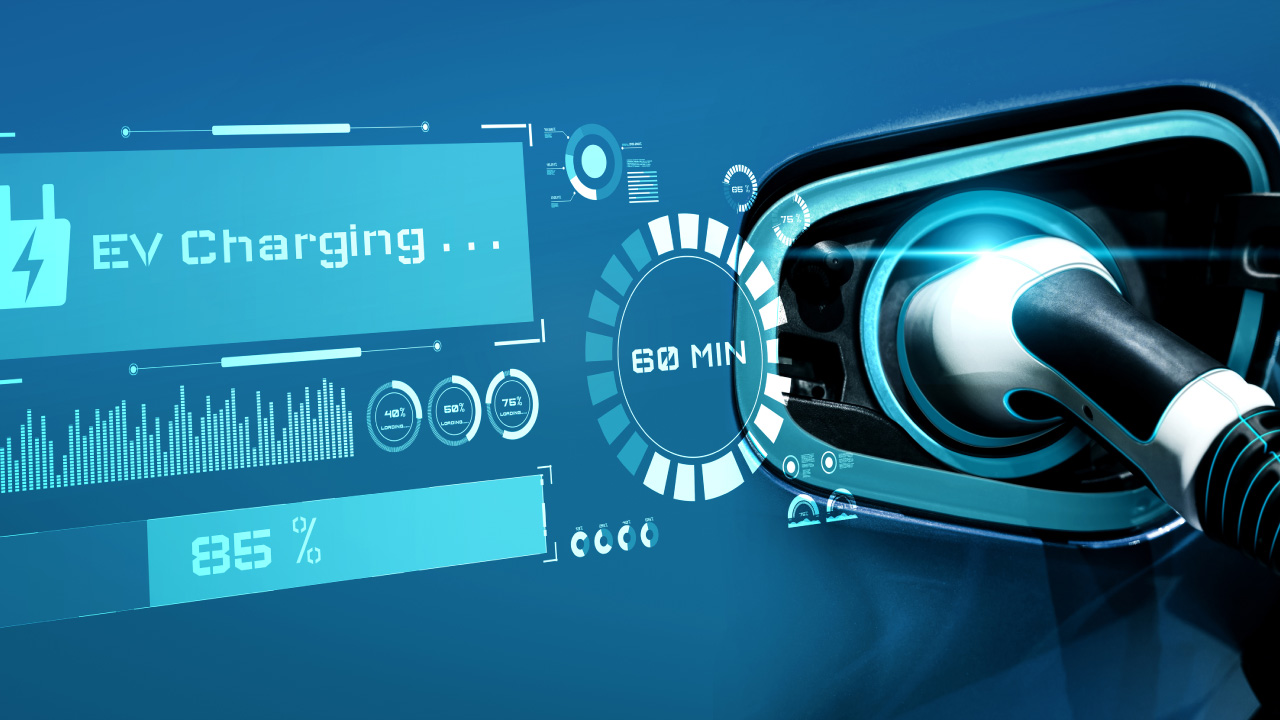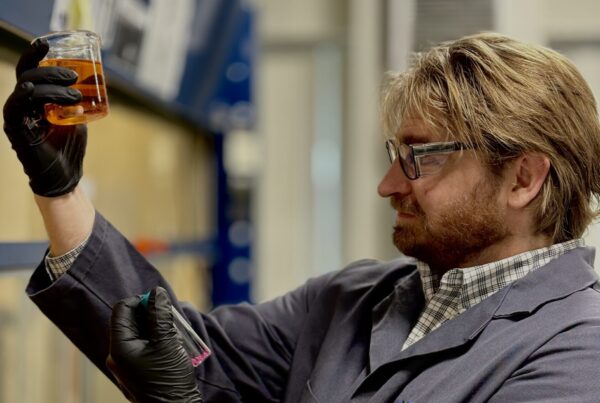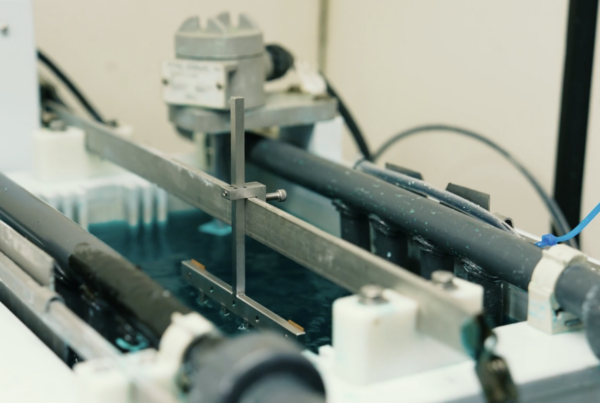During the past few years, the electric vehicle has become a major focus across the automotive industry. The connector industry is being pushed to develop new solutions that address performance gaps in today’s electronic materials as OEMs shift offerings away from legacy internal combustion engines. In this newsletter, Dr. Bob Hilty will dive into technology developments on the horizon that will help ensure a safe, sustainable, and reliable future for the automotive industry.
To understand what is happening across the electric vehicle industry today, we will first take a look back at the smartphone market. Gold was the industry standard finish for smartphone charging connectors five years ago. However, when the industry shifted to fast charge waterproof devices, the standard gold finish underperformed, dissolving in a matter of seconds when wet charging occurred. This new use case left the base copper material exposed to the environment, eventually corroding the device connector and increasing OEM warranty claims due to devices being unable to charge. Today most smartphone charging connectors are coated with platinum-group materials and Xtalic’s nanostructured metal alloys to provide consumers with a reliable fast-charge waterproof smartphone.
There is a similar problem developing in the automotive industry. As the infrastructure to charge electric vehicles replaces petrol stations, the insertion cycles, debris, and charging speeds become much higher. Therefore, it puts a major stress on the performance of charger contacts to ensure low OEM warranty claims and charge station operating costs from downtime or replacement connectors.
For charging, both the plug (charge plug) and the receptacle (receiver on the vehicle) focus on the number of mating cycles. While 10,000 mate and unmate cycles are the industry standard, we have seen a shift to demand for a higher cycle count beyond 50,000 cycles. The material design approaches to overcome this hurdle are to either increase the hardness or change the fundamental tribology of the electric vehicle connectors’ surface.
Today silver is the industry standard, but it is a fundamentally soft base metal, and this produces significant formability on the surface of electric vehicle connectors. The hardness can be increased by alloying with a second element. These might include organic additives, which can help to reduce the grain size, effectively increasing the hardness.
Uyemura and Umicore recently introduced a silver composite at the 2022 SURFIN show in an attempt to boost wear durability. This approach leverages a solid-state lubricant such as graphite integrated as a metal matrix composite structure. These can be tricky to electroplate, so the technology is limited to rack and barrel applications. However, once the graphite is embedded into the structure, it can provide long-lasting improvement in durability. Atotech also presented a similar solution at the 2022 EV Battery show in Stuttgart.
While TE announced during the 2021 EV battery show in Stuttgart that it has begun using silver composite alloys with graphite on its electric vehicle connectors, their competitor Japan Aviation Electronics more recently introduced post-plating surface modification treatments to reduce the coefficient of friction and boost wear durability. Silver is a metallurgically active surface and lends itself well to thiol-based chemistries, which can bond the surface. These are often the basis for self-assembled monolayer technologies used to reduce superficial corrosion on silver alloys.
Xtalic’s LUNA nanostructured silver alloy was originally designed with a hardness similar to hard gold. By increasing the hardness of the alloy, you can change the fundamental wear mechanism, eliminating the risk of galling wear and boosting the cycles of durability. This wear performance can be affected by the alloy choice as well as by the use of surface modification techniques. Since LUNA was designed with XTALIC’s computational material design platform, it also has a safe operating temperature above 210 C. Silver cannot pass current through the surface beyond 170 C, limiting the powertrain performance when climbing a hill or under heavy loading due to temperature rise caused by resistive heating. This opens up a new performance category of high voltage powertrain harnesses and electric vehicle connectors. Most standard silver alternatives do not have this capability outside of LUNA. However, Materion has recently begun marketing a clad solution that could potentially enable faster heat dissipation leading to higher instantaneous power throughput.
At the end of the day, it is great to see the industry coming together to create new solutions for a more sustainable future. Dr. Bob Hilty and his team continue to focus on a mandate to create new materials that will last forever, have a low environmental impact, are safe for manufacturing workers and product users, enable new technologies, and most of all can meet overall value targets through a total cost of product ownership. In fact, his group recently created their first ternary platinum alloy for smartphones in order to replace the costly Rhodium layers. Platinext is the next generation of nanostructured ternary platinum alloys designed with computational material design tools. Similarly, Xtalic continues to leverage computational material design tools in the research and development labs to create the future of electronic materials for electric vehicles beyond LUNA.
Sign-Up for Behind the Scene Insights With Our Material Design Experts




